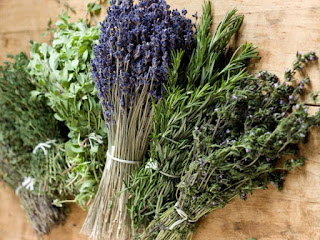Background: Sikelós is a popular mutton or lamb sausage named after the Sicel and Sicani tribes of Trinacria. The Sikelós was first created by Cyclopean tribes living in Trinacria and were later introduced to Latium and Hellnos where it spread throughout southern Efenland and the northern coast of the Sunlands. In contrast to most sausages, the Sikelós is around 30 centimeters long, a relatively normal size for a Cyclops but quite a mouthful for most humans and elves. As such a single Sikelós is typically cut in half and shared between two people. It is most commonly eaten wrapped in a flatbread with shredded pickled onions, roast garlic and Kýklopaskó cheese. Unlike Kýklopaskó, the production of Sikelós has spread far beyond the Cyclopean populace to the dinner tables of different races and creeds. There are a multitude of variations with some Latins putting wolfpeach purée and petersilie on theirs while the Gaulish variety might be served on a baguette with melted cheese and mushrooms. Kingdoms as far north as Anglia have adopted the Sikelós as well and serve it with a mustard sauce with grilled onions on a toasted roll.
• 2 Kilograms of Lamb Meat
• 450 Grams of Lamb Fat
• 30 Grams of Salt
• 20 Grams of Rosemary
• 10 Grams of Fennel
• 5 Grams of Coriander
• 5 Grams of Black Pepper
• 100 Milliliters of Red Wine
• Lamb Entrails
• 3 Grams of Origanum
• 3 Grams of Thyme
Instructions:
Chop your meat into cubes and mix in the salt and let sit for a half-hour. Mix the Lamb Fat into the meat and roughly mince. Then let the mixture sit for another half-hour. Add in the spices, herbs and wine into the meat and stir until fully combined. Add your minced meat to a meat grinder and grind into a paste. Extrude the paste into the lamb entrails, tying off every 30 centimeters lengths before separating the sections. Hang your sausages to dry in a dark and cool environment overnight before consuming with Kýklopaskó and flatbread.





















